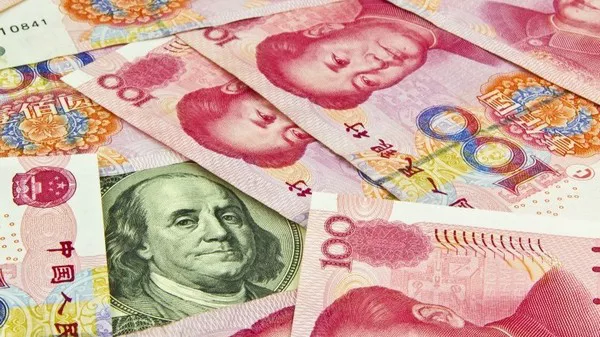In the realm of international finance and trade, understanding the nuances of different currencies is crucial. The Chinese currency, often referred to as the Renminbi (RMB) or the Chinese Yuan (CNY), is a subject of frequent confusion among global businesses and individuals. Are RMB and CNY synonymous, or do they represent distinct aspects of China’s monetary system? In this article, we delve into the intricacies of the terms RMB and CNY to shed light on their relationship and significance in the world of finance.
Defining RMB and CNY
To begin with, it is essential to clarify that RMB and CNY are intimately connected but represent different aspects within the Chinese currency system. The Renminbi, which translates to “People’s Currency,” is the official currency of the People’s Republic of China. On the other hand, the Chinese Yuan (CNY) is a unit of the Renminbi and serves as the basic unit of the currency. In essence, RMB is the overarching term for the Chinese currency, while CNY refers to the specific unit or denomination.
Understanding the Hierarchy
To grasp the relationship between RMB and CNY, it is helpful to think of RMB as the umbrella term encompassing various currency units, with CNY being the primary unit. Other units, such as the Jiao (or “tenth” in English) and Fen (or “cent”), are subdivisions of the CNY. For practical purposes, transactions and discussions often revolve around CNY due to its prevalence in day-to-day economic activities.
Internationalization of the RMB
In recent years, China has made significant strides in the internationalization of the RMB, aiming to elevate its status as a global reserve currency. This effort involves promoting the use of the RMB in international trade and finance, challenging the dominance of traditional reserve currencies like the U.S. Dollar and the Euro. As part of this initiative, the term RMB has gained prominence in global financial discourse.
Renminbi in International Transactions
When dealing with international trade, the term RMB is commonly used to denote transactions conducted in the Chinese currency. This broader usage emphasizes China’s ambition to position the RMB as a key player in the global financial landscape. The internationalization of the RMB has been facilitated by agreements between China and various trading partners to settle transactions in RMB, fostering a more diversified and flexible global monetary system.
CNY as a Domestic Currency
On the domestic front, the term CNY is prevalent in everyday transactions within China. It is the unit of account for wages, prices, and other economic indicators within the country. While the internationalization of the RMB has broadened its reach, the Chinese Yuan remains the primary unit for domestic financial activities.
Exchange Rate Dynamics
Understanding the exchange rate dynamics between RMB and CNY is crucial for businesses and investors navigating the Chinese market. The exchange rate refers to the value of one currency in terms of another, and in the case of the RMB, it often involves comparing its value to major international currencies such as the U.S. Dollar. The exchange rate can fluctuate based on economic factors, government policies, and global market conditions.
Government Role in RMB and CNY
The Chinese government plays a pivotal role in managing the RMB and CNY. As the issuer of the currency, the People’s Bank of China (PBOC) is responsible for monetary policy and maintaining the stability of the currency. The government’s interventions, such as currency pegs and adjustments, can influence the exchange rate between RMB and other currencies.
Implications for Businesses and Investors
For businesses and investors engaging with China, a clear understanding of the distinction between RMB and CNY is essential. International businesses should be attuned to the evolving role of the RMB in global trade, while domestic transactions and financial planning within China will primarily involve the use of CNY. Exchange rate movements can have significant implications for the cost of goods, profitability, and investment returns, making it imperative for stakeholders to stay informed and adapt strategies accordingly.
See Also: Will the Yuan Replace the US Dollar? [Revealed!]
Conclusion
In conclusion, the relationship between RMB and CNY is rooted in the intricate structure of China’s monetary system. While RMB serves as the overarching term for the Chinese currency, CNY is the primary unit used in domestic transactions. The internationalization of the RMB reflects China’s ambition to play a more prominent role in the global economy. For businesses and investors, navigating the complexities of the Chinese currency involves understanding exchange rate dynamics, government policies, and the evolving landscape of international finance. As China continues to assert its position on the global stage, staying informed about RMB and CNY becomes increasingly crucial for those engaging in economic activities with the world’s second-largest economy.


